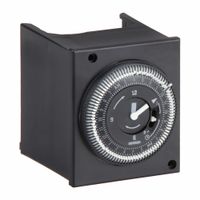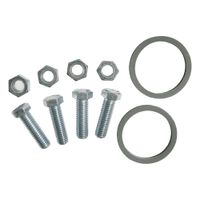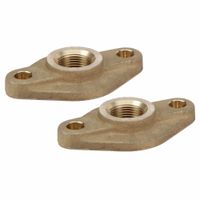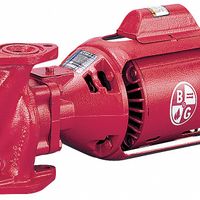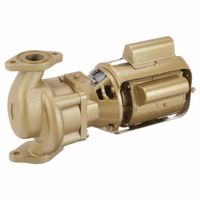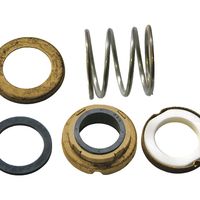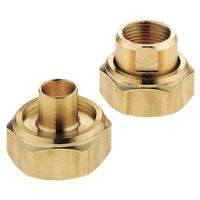Circulating Pumps, Flanges, Unions & Controls
Circulating pumps move water through pipe systems to deliver hot water to faucets and shower heads, or to provide radiant heat to floors and radiators. They conserve water by delivering hot water faster than gravity-fed systems. Potable circulating pumps operate in an open loop system where drinkabl .....Read More
Frequently Asked Questions
What is a circulating pump and how does it work?
How do I choose the right circulating pump for my system?
What are the benefits of using a circulating pump?
How do I install a circulating pump in my home?
What is the difference between a potable and hydronic circulating pump?
How do I maintain and troubleshoot a circulating pump?
What are common problems with circulating pumps and how can they be fixed?
How do I adjust the temperature and operating duration of a circulating pump?
What are the energy efficiency considerations for circulating pumps?
Where can I find repair parts and kits for my circulating pump?
